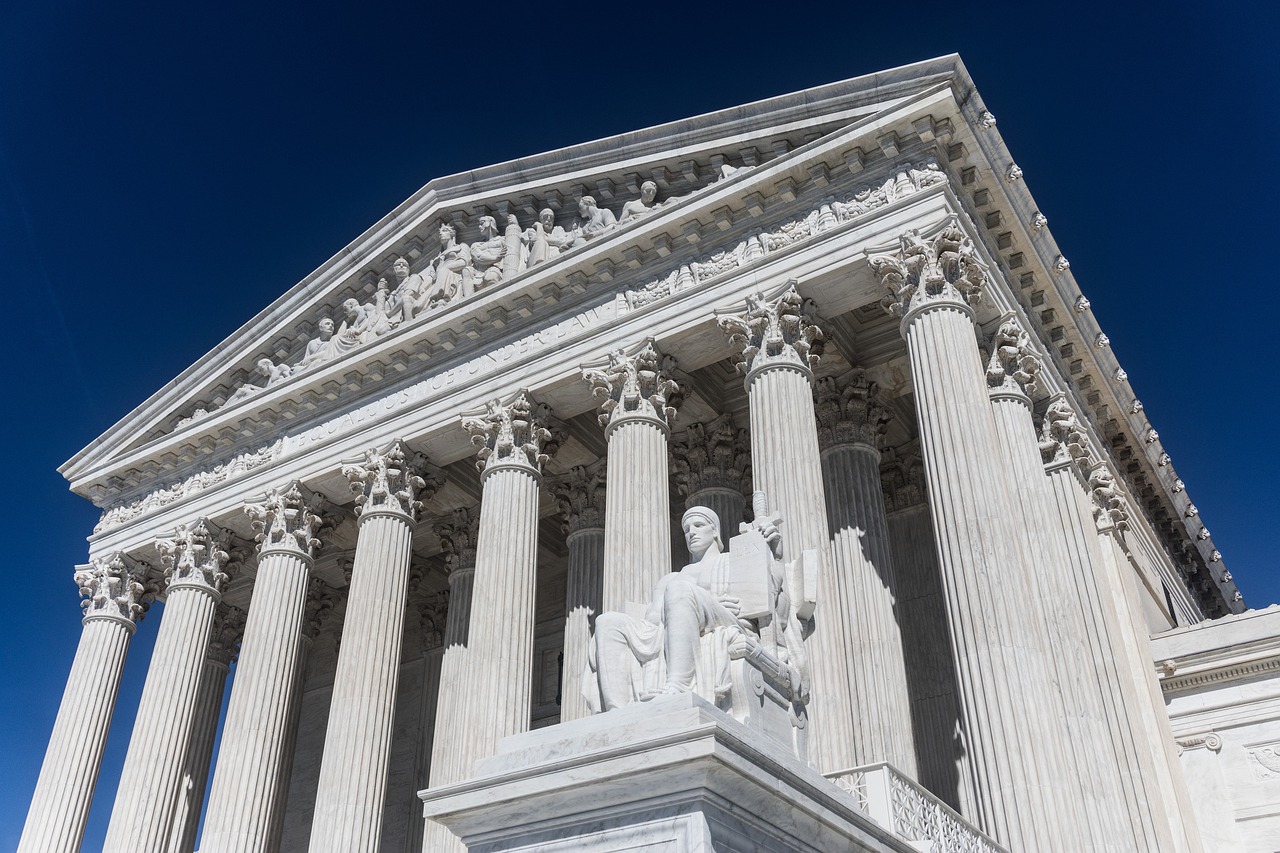What does SCOTUS’ Chevron decision mean for agriculture? Legal experts weigh in
"It's a big decision out of D.C. that yields changes for the country's agriculture." —John Dillard
By Drew Viguet
National Agricultural Law Center
U of A System Division of Agriculture
May 28, 2025
Fast facts:
- 2024 Supreme Court decision impacts agency authority
- Legal ag experts John Dillard, Grant Ballard discuss decision’s implications
- Session from both at annual Mid-South conference will explore impacts
(512 words)
Download related photo
FAYETTEVILLE, Ark. — A 2024 decision from the Supreme Court will have far-reaching implications for agriculture, reshaping how agricultural, food, and environmental law industries are regulated.
Last June, SCOTUS issued its decision in the case Loper Bright Enterprises v. Raimondo, thus overturning the longstanding “Chevron doctrine” established in the 1984 case Chevron U.S.A., Inc. v. Natural Resource Defense Council, Inc. That doctrine guided courts in answering a critical question: when should they defer to agency interpretations of statutory law?
According to the “Chevron doctrine,” courts were guided to defer to a federal agency’s reasonable interpretation of ambiguous statutory language. The ruling in Loper Bright Enterprises v. Raimondo changes that, telling courts they may not “defer to an agency interpretation of the law simply because it is ambiguous.”
“For decades, under Chevron, courts largely relied on agencies to interpret statutes,” said John Dillard, principal attorney at Washington, D.C.-based OFW Law. “Now, courts will scrutinize agency interpretations more closely, which could significantly alter how agricultural laws and regulations are implemented.”
Dillard leads OFW Law’s U.S. Department of Agriculture practice. He represents clients across the food and agriculture sectors in regulatory, enforcement, and litigation matters, with a focus on issues involving USDA, the Food and Drug Administration, and other federal agencies. His work spans food labeling, animal health, and administrative law.
“The impact of the decision on Chevron can’t be understated,” said Dillard. “SCOTUS’ ruling impacts everything from how USDA administers farm programs to how FDA interprets food safety rules and much more. It’s a big decision out of D.C. that yields changes for the country’s agriculture.”
Arkansas-based attorney Grant Ballard also underscored the implications of the Chevron decision.
“This is new territory that the agricultural industry will have to navigate,” he said. “Agencies now have far less authority to interpret their own regulations, and courts will play a much greater role.”
A partner at Ark Ag Law, PLLC, Ballard represents farmers and ranchers in matters involving federal farm programs, crop insurance litigation, government compliance investigations and more. He has handled disputes against federal agencies, including USDA, in both administrative appeals and federal courts.
“I’ve seen firsthand how agency interpretations have shaped farm operations and compliance,” he said. “It’s important for agricultural stakeholders to stay alert to how courts are interpreting the same rules agencies once controlled.”
For more information on the SCOTUS Chevron decision, visit nationalaglawcenter.org/supreme-court-overturns-long-standing-chevron-doctrine.
Upcoming conference opportunity
Dillard and Ballard will discuss the impact of the Chevron decision at the 12th Annual Mid-South Agricultural and Environmental Law Conference, which will be held June 5-6 in Memphis, Tennessee and online. The conference is hosted by the National Agricultural Law Center, or NALC, and the National Association of State Departments of Agriculture Foundation, or NASDA Foundation.
“Ag stakeholders all over the country are trying to make sense of what a post-Chevron world looks like,” said Pittman. “John and Grant have years of experience working with USDA, FDA, and other agencies. Their insights are both timely and critical.”
The conference has been approved for continuing education credits, including ethics credit, through numerous legal and professional organizations.
For more information about the NALC, visit nationalaglawcenter.org and follow the NALC on X, Facebook and LinkedIn. Subscribe online to receive NALC Communications, including webinar announcements, the NALC’s Quarterly Newsletter, and The Feed.
About the National Agricultural Law Center
Created by Congress in 1987, the National Agricultural Law Center serves as the nation’s leading source of agricultural and food law research and information. The NALC works with producers, agribusinesses, state and federal policymakers, lenders, Congressional staffers, attorneys, land grant universities, students, and many others to provide objective, nonpartisan agricultural and food law research and information to the nation’s agricultural community.
The NALC is a unit of the University of Arkansas System Division of Agriculture and works in close partnership with the USDA Agricultural Research Service, National Agricultural Library.
About the NASDA Foundation
The NASDA Foundation is the only educational and research organization that directly serves the nation’s state departments of agriculture. It is a 501(c)(3) nonprofit organization. The mission of the NASDA Foundation is to advance agriculture to shape a changing world.
For more information on the NASDA Foundation, visit nasda.org/nasda-foundation. The NASDA Foundation is also on X, Facebook, and LinkedIn.
About the Division of Agriculture
The University of Arkansas System Division of Agriculture’s mission is to strengthen agriculture, communities, and families by connecting trusted research to the adoption of best practices. Through the Agricultural Experiment Station and the Cooperative Extension Service, the Division of Agriculture conducts research and extension work within the nation’s historic land grant education system.
The Division of Agriculture is one of 20 entities within the University of Arkansas System. It has offices in all 75 counties in Arkansas and faculty on three campuses.
Pursuant to 7 CFR § 15.3, the University of Arkansas System Division of Agriculture offers all its Extension and Research programs and services (including employment) without regard to race, color, sex, national origin, religion, age, disability, marital or veteran status, genetic information, sexual preference, pregnancy or any other legally protected status, and is an equal opportunity institution.
# # #
Media contact:
Drew Viguet
Communications & Special Projects Coordinator
National Agricultural Law Center
dviguet@uark.edu
